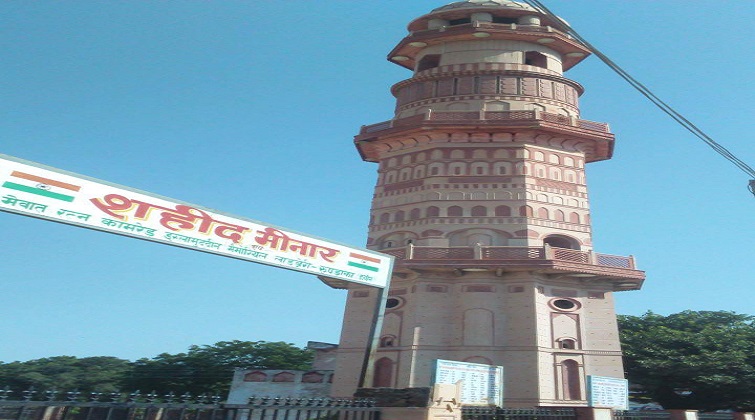
Yunus Alvi/Mewat: In the first war for Indian Independence fought in 1857, bravehearts from Mewat not just participated vociferously, but brought to death several cruel British officers like Ferzar. While lakhs of freedom fighters sacrificed themselves across India, 10,000 patriots lost their lives for the cause, in Haryana’s Mewat also. Though the British thirst for vengeance, after the 1857 sepoy mutiny, died down in other parts of the country, it raged on for a long time in Mewat. From 8 November 1857 to 7 December 1858, the British crushed one village after another in Mewat killing men, women and children in the process.
On a single day -- 19 November, 1857 -- 425 Mewatis were killed in Roopraka village alone. The angry British set fire to over 36 villages and snatched land rights from others. Descendants of those villagers are still awaiting justice.
British wanted to erase the existence of Mewat
The British had managed to defeat mutineers cause of lack of coordination among the 1857 revolt leadership and the role of traitors in their ranks. The British managed to recapture Delhi on 20 September 1857 and after this, they tried every possible way to erase the existence of Mewatis itself. The British felt most threatened by Mewati mutineers since Mewat was closest to Delhi as opposed to Punjab or Lucknow. So the British sent their most efficient and cruel officers -- Savarj, Doomand, Hudson, Captain Ramsay, Kiley Ford, Horsage and Lieutenant Wrangton -- with a heavy force, bombs and canons.
On 19 November, 1857, Brigadier Janral, Gurgaon range deputy Kiley Ford and Captain Doomand mounted a massive attack on Tohana, Jind, Roopraka, Kot and Malpuri. On this day, 600 bravehearts in these areas became martyrs, of which 425 were in Roopraka alone.
The havoc that began on 8 November, 1857
The oppressive plan of the British began on 8 November, 1857, with 157 residents of Ghaseda being slaughtered, and went on till 7 December 1858. The British Army killed 85 in Hodal Garhi including freedom fighters Kishan Singh and Kishan Lal Jaat on 1 January 1858; Hasan Khan and Raheem Khan in Hasanpur on 2 January, 1858; at least 12 in Sahsola including Ferozekhan Meo, 30 in Badka including Khushi Khan, 18 in Nuh, 19 in Taud and at least 73 in Mahun Tigaun village in January 1858.
Likewise on 9 February, 1858, the British hanged 52 people from trees including Dhansingh Meo. A few days after, 85 were killed in villages Kondal, Gahlab and Aharva. On 16 February, the British slaid Maluka Nambaradar and 11 members of his family, and on 22 February, 3 people were martyred in Akeda including Hasti.
Naming of schools and roads of Mewat in the name of martyrs
National President of All India Martyrdom Mewat Sabha, Sarfudin Mewati says he and his team of historians have prepared this list with great effort. The numbers in official records are less as they are incomplete, but the actual number of martyrs is more than 10,000. Sarfudin says that the Haryana government should get more information to complete the list and erect ‘shaheed minaars’ in all villages. The schools and roads of Mewat should be named after the martyrs, so that the coming generations can take inspiration from them. He said that with the help of Mewat Development Agency, martyred minars have been built in villages like Nagina, Nuh, Mahu, but today they are becoming ruins due to lack of maintenance.
